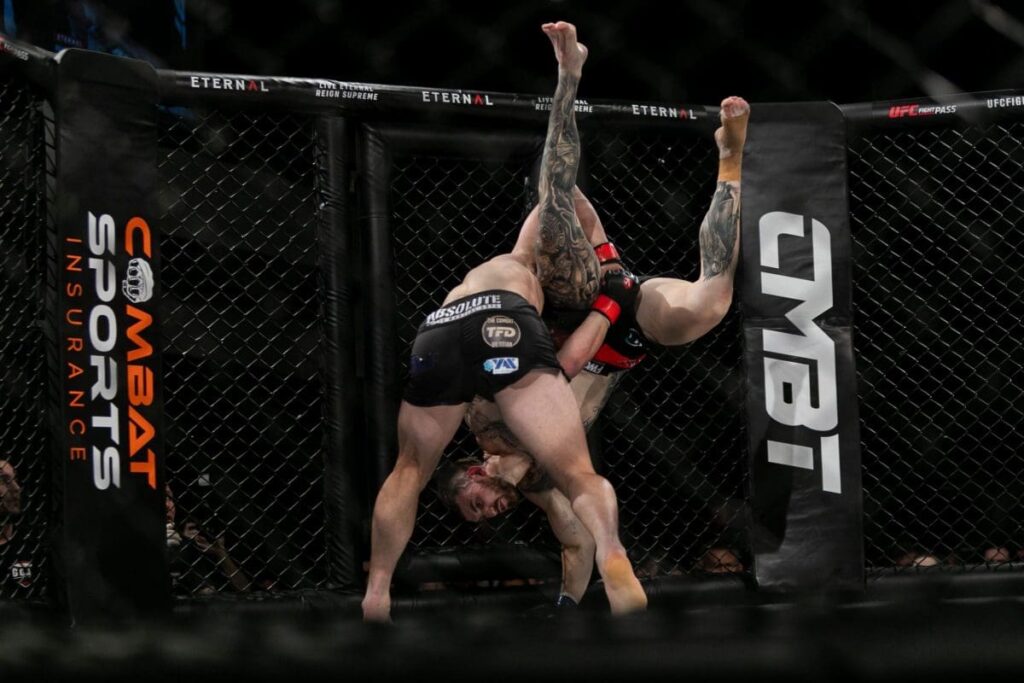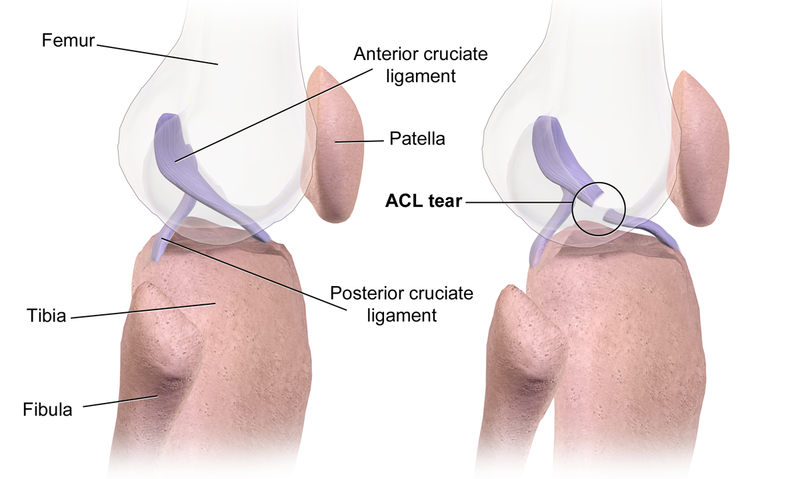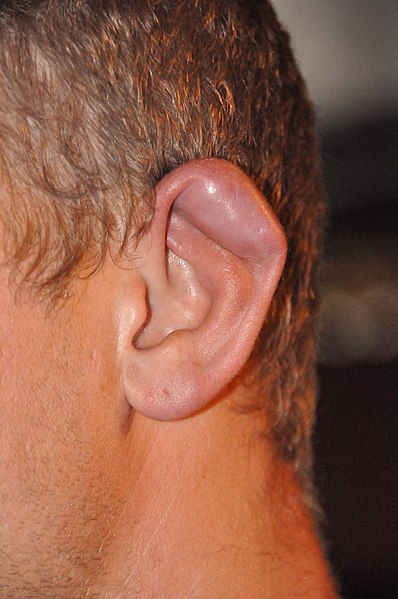Combat sports are a great way to exercise and get in shape. You can work on your focus, agility, and strength all at once!
Still, it’s easy to get injured in combat sports. If you’re not careful, you could end up with a serious injury (and maybe even some scars). Here are five common combat sports injuries and how to treat them:
Bruises
Bruises are the result of small blood vessels in the skin being broken. They’re most common in the lower legs and arms but can also occur elsewhere on your body. Bruises are caused by a direct blow to an area or by a fall, which causes trauma to underlying tissues.
Bruising is generally harmless and goes away on its own within two weeks—but it can be sensitive and painful. To treat bruising:
- Apply ice packs to reduce swelling; try wrapping the ice pack in a towel first so it’s not too cold for your skin.
- Take an over-the-counter pain reliever such as ibuprofen if necessary (avoid aspirin—it could increase bleeding).
If your bruises are still present after two weeks, or if they’re painful and don’t go away on their own after a few days, see a doctor. Bruising is often the first sign of more serious injuries, such as broken bones or internal bleeding.


Sprains
A sprain is a term for an injury to the ligaments, which are connective tissue that help to stabilise joints. Ligaments can be stretched or torn by falling onto an outstretched limb, or through repetitive movements over time. Sprains range from mild to severe and can sometimes require surgery. If you feel a sudden sharp pain in your joint after landing hard on it, consult with your doctor about getting an x-ray as soon as possible.
The most common types of sprains in martial arts include:
- Anterior cruciate ligament (ACL) tears – This is the most common knee injury among athletes who play contact sports such as football and soccer; ACL tears occur when the knee is twisted while planted on the ground during activities like blocking or tackling; this type of injury usually requires surgery
- Medial collateral ligament (MCL) tears – This occurs when one side of the knee slips outwards due to excessive twisting; MCL tears may also require surgery if they’re severe enough but can often heal naturally
- Posterior cruciate ligament (PCL) injuries – These are rarer than MCL injuries but still happen from excessive twisting at high speeds while running or jumping during competition


Concussion
A concussion is a brain injury that can be caused by blows to the head, or by sudden acceleration or deceleration of the head. Concussions are classified according to their severity as mild, moderate, or severe. Symptoms of a concussion may include headache, dizziness, nausea, and vomiting; memory loss; sensitivity to light and noise; fatigue and problems with concentration. The symptoms vary greatly in severity from person to person depending on how they were injured.
Most concussions resolve within two weeks, but it can take longer for some people to recover from their symptoms. The most important thing you can do if you experience any signs or symptoms is rest until you feel better. Serious or repeated concussions can have a permanent impact on your health.
Fractures
Fractures are breaks in bones. Fractures can be caused by impact or stress, and they can also result from overuse.
There are several kinds of fractures: open, closed, or compound; minor or major; displaced (where the broken pieces of bone move out of place) or nondisplaced (where they don’t move).
Symptoms include swelling and tenderness around the area of injury; pain that increases with movement and decreases with rest; bruising around the area of injury after a few days to a week; difficulty moving your arm or leg because it hurts so bad—and if you have any concerns about your arm being broken after an accident, it’s a good idea to go get checked out by a doctor.
If you think you have a broken arm, the first thing to do is rest, ice, and elevate it. You should also try not to move your arm too much until help arrives.
If you’re serious about martial arts, it’s a good idea to take out a policy in Combat Sports Insurance. Having insurance in place can potentially cover medical costs as well as loss of income in the event of an injury. Contact one of our brokers to find out more.
Cauliflower ear
Cauliflower ear, also known as a hematoma, is a form of swelling in the ear that can result from blunt trauma or repeated trauma. This condition often occurs when abrasions occur during grappling and strikes to the ear. The swelling and thickening may cause the top portion of your ear to look like cauliflower (hence the name). It’s important to note that cauliflower ear isn’t always painful or uncomfortable; sometimes it presents no symptoms at all!
Although treatment methods vary depending on how severe your case is, common treatments include draining fluid out of your ear using absorbent gauze pads or surgical removal. For mild cases, simply leaving it alone may be enough for your body to heal itself over time with little intervention necessary on your part; however, if left untreated for too long this condition can become permanent so make sure you seek medical attention if necessary!


Combat sports injuries are common and the best way to avoid them is by training safely and wearing protective equipment.
We hope you enjoyed learning about the different types of injuries that can occur in combat sports and how to treat them. Remember that these are only a few examples, so if you have an injury not covered here, it may be best to seek professional medical attention before continuing with any form of training or competition.
Contact us today to learn how Combat Sports Insurance can cover you in the event of an injury in or out of competition.

